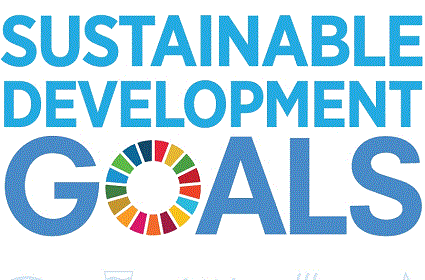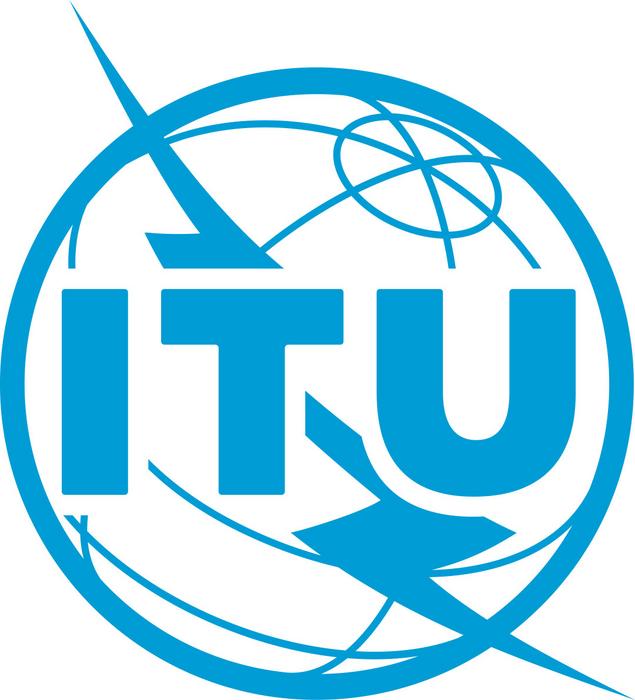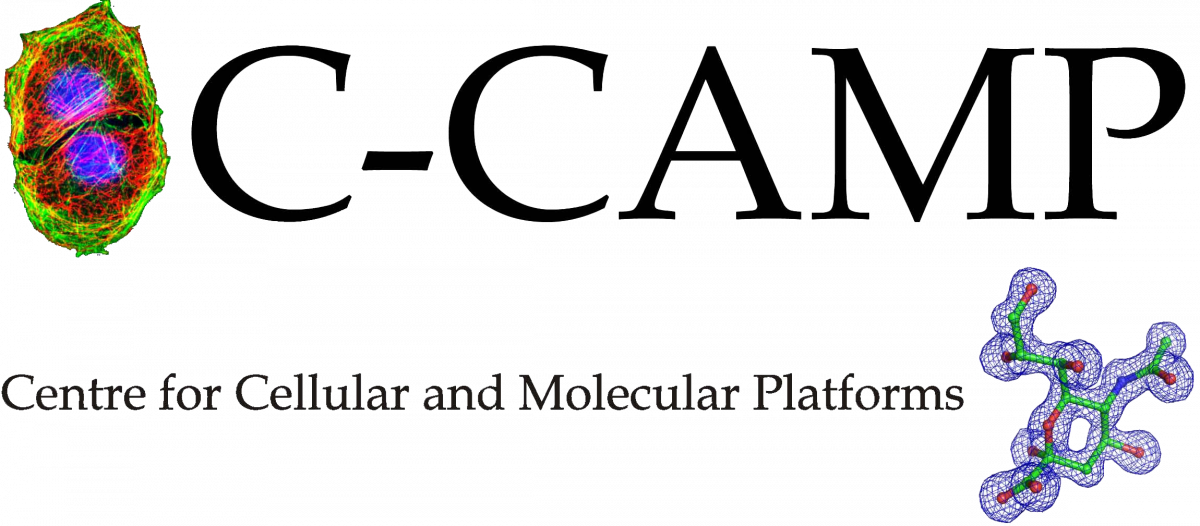Significant progress has been made in the goals of eliminating poverty, providing decent work, fostering economic growth, taking climate action, and promoting life on land.
Targeted government interventions like Pradhan Mantri Awas Yojana, Ujjwala, Swachh Bharat, Jan Dhan, Ayushman Bharat-PMJAY, Ayushman Arogya Mandir, PM-Mudra Yojana, Saubhagya, and Start-up India have led to rapid improvements.
All states have shown improvements in their overall scores. The overall SDG score for the country is 71 for 2023-24, a significant increase from 66 in 2020-21 and 57 in 2018 (baseline report). State scores range from 57 to 79 in 2023-24, a substantial improvement from the 2018 range of 42 to 69.
Significant progress has been seen in Goals 1 (No Poverty), 8 (Decent Work and Economic Growth), 13 (Climate Action), and 15 (Life on Land). Goal 13 (Climate Action) saw the highest increase in score, from 54 in 2020-21 to 67 in 2023-24, followed by Goal 1 (No Poverty), which rose from 60 to 72.
In the 2023-24 period, 32 states and UTs have entered the front-runner category, with 10 new entrants: Arunachal Pradesh, Assam, Chhattisgarh, Madhya Pradesh, Manipur, Odisha, Rajasthan, Uttar Pradesh, West Bengal, and Dadra and Nagar Haveli and Daman and Diu. Between 2018 and 2023-24, the fastest-moving states are Uttar Pradesh (score increase by 25), followed by J&K (21), Uttarakhand (19), Sikkim (18), Haryana (17), Assam, Tripura, and Punjab (16 each), and Madhya Pradesh and Odisha (15 each).
The SDG India Index 2023-24, the fourth edition of the country’s principal tool for measuring national and subnational progress on the Sustainable Development Goals (SDGs), was released today by NITI Aayog. The index, launched by Vice Chairperson Shri Suman Bery, tracks national progress of all states and UTs on 113 indicators aligned with the Ministry of Statistics and Programme Implementation’s (MoSPI) National Indicator Framework (NIF).
The SDG India Index computes goal-wise scores on the 16 SDGs for each state and UT. Composite scores are generated from these goal-wise scores to measure the aggregate performance of each sub-national unit. Scores range between 0–100, with a score of 100 indicating that the state/UT has achieved the targets. Higher scores signify greater progress toward the targets.
India’s commitment to the SDGs since adopting the 2030 Agenda on Sustainable Development is reflected in concerted efforts on SDG localization spearheaded by NITI Aayog, which works closely with states and UTs. The launch of the SDG India Index in 2018 provided the impetus for this localization push, reaffirming states and UTs as key stakeholders in this transformative journey. The SDG India Index has consistently improved to provide a comprehensive and comparative analysis of progress on the goals, encouraging states and UTs to learn from each other to close outcome-based gaps.
Key highlights and results from the fourth edition of the SDG India Index:
– The composite score for India improved from 57 in 2018 to 66 in 2020-21 and further to 71 in 2023-24.
– Noteworthy advancements have been observed in Goals 1 (No Poverty), 8 (Decent Work and Economic Growth), and 13 (Climate Action), which are now in the ‘Front Runner’ category (a score between 65–99).
– Goal 13 (Climate Action) has shown the most substantial improvement, with its score increasing from 54 to 67. Goal 1 (No Poverty) follows closely, with its score rising from 60 to 72.
– Significant progress has also been made in Goals 3 (Good Health and Well-being), 6 (Clean Water and Sanitation), 7 (Affordable and Clean Energy), 9 (Industry, Innovation, and Infrastructure), and 11 (Sustainable Cities and Communities).
– Government initiatives in food and nutrition security, health, education, electrification, housing, sanitation, clean cooking fuel, and energy have significantly contributed to these improvements.
Key interventions facilitating SDG achievements include:
– Over 4 crore houses under the PM Awas Yojana (PMAY).
– 11 crore toilets and 2.23 lakh community sanitary complexes in rural areas.
– 10 crore LPG connections under PM Ujjwala Yojana.
– Tap water connections in over 14.9 crore households under the Jal Jeevan Mission.
– Over 30 crore beneficiaries under Ayushman Bharat-Pradhan Mantri Jan Arogya Yojana.
– Coverage of over 80 crore people under the National Food Security Act (NFSA).
– Access to 150,000 Ayushman Arogya Mandir offering primary medical care and affordable generic medicines.
– Direct Benefit Transfer (DBT) of ₹34 lakh crore through PM-Jan Dhan accounts.
– The Skill India Mission has trained and upskilled over 1.4 crore youth and reskilled 54 lakh youth.
– PM Mudra Yojana sanctioned 43 crore loans aggregating to ₹22.5 lakh crore for entrepreneurial aspirations of the youth.
– Start-Up India and Start-Up Guarantee schemes assisting youth.
– The Saubhagya scheme for access to electricity.
– Emphasis on renewable energy resulted in an increase in solar power capacity from 2.82 GW to 73.32 GW in the past decade.
– Between 2017 and 2023, around 100 GW of installed electric capacity was added, with 80% attributed to non-fossil fuel-based resources.
– Improvement in digital infrastructure with reduced internet data costs by 97%, positively affecting and fostering financial inclusion.
State and UT results:
– The SDG India Index 2023-24 reports a positive trend in the performance of states and UTs in their SDG journey. The scores for states now range from 57 to 79, while UTs score between 65 and 77.
– 32 states/UTs have scored between 65 and 99, up from 22 in the 2020-21 edition. New entrants in the Front Runner category include Arunachal Pradesh, Assam, Chhattisgarh, Madhya Pradesh, Manipur, Odisha, Rajasthan, Uttar Pradesh, West Bengal, and Dadra and Nagar Haveli and Daman and Diu.
– Improvements in composite scores across all states range from 1 to 8 points, with Assam, Manipur, Punjab, West Bengal, and Jammu and Kashmir each achieving an 8-point increase since the 2020-21 edition.
Index methodology:
– The methodology involves compiling raw data for selected indicators, identifying data gaps, establishing target values for 2030, normalizing raw data into scores ranging from 0 to 100, computing goal scores, and deriving the composite SDG India Index score.
– The index and indicators are updated to reflect the latest data developments. Goal 14 is excluded from the composite score as it pertains only to the nine coastal states.
The SDG India Index 2023–24 is live on an online dashboard, providing user-friendly visualizations to identify development outcome-based gaps at the national and subnational levels. NITI Aayog coordinates the adoption and monitoring of SDGs at the national and subnational levels, supporting states and UTs in the localization and acceleration of SDGs. The SDG India Index serves as a key milestone for measuring progress and will guide discussions, deliberations, and decisions in the journey towards Viksit Bharat @ 2047.
- PIB







